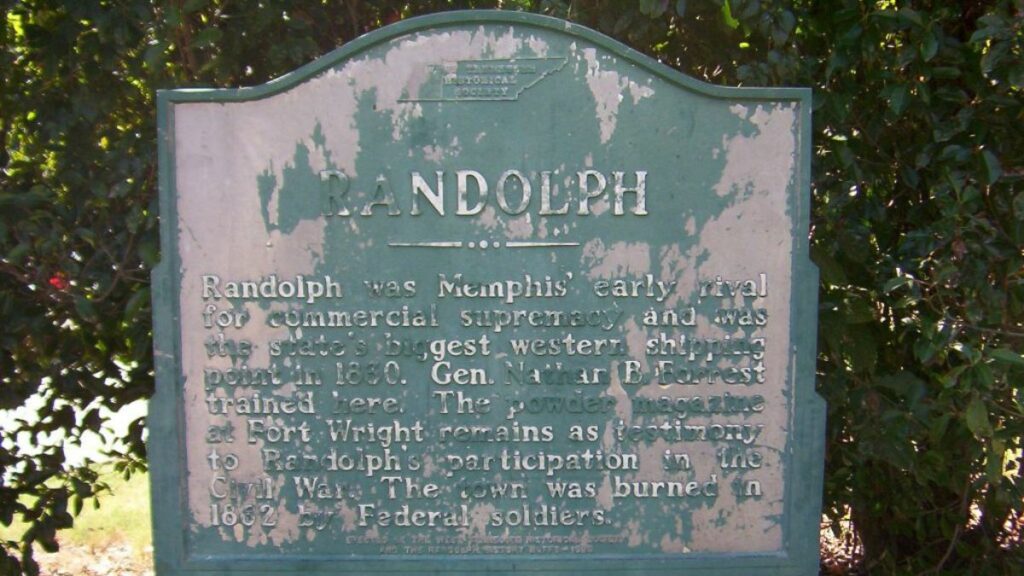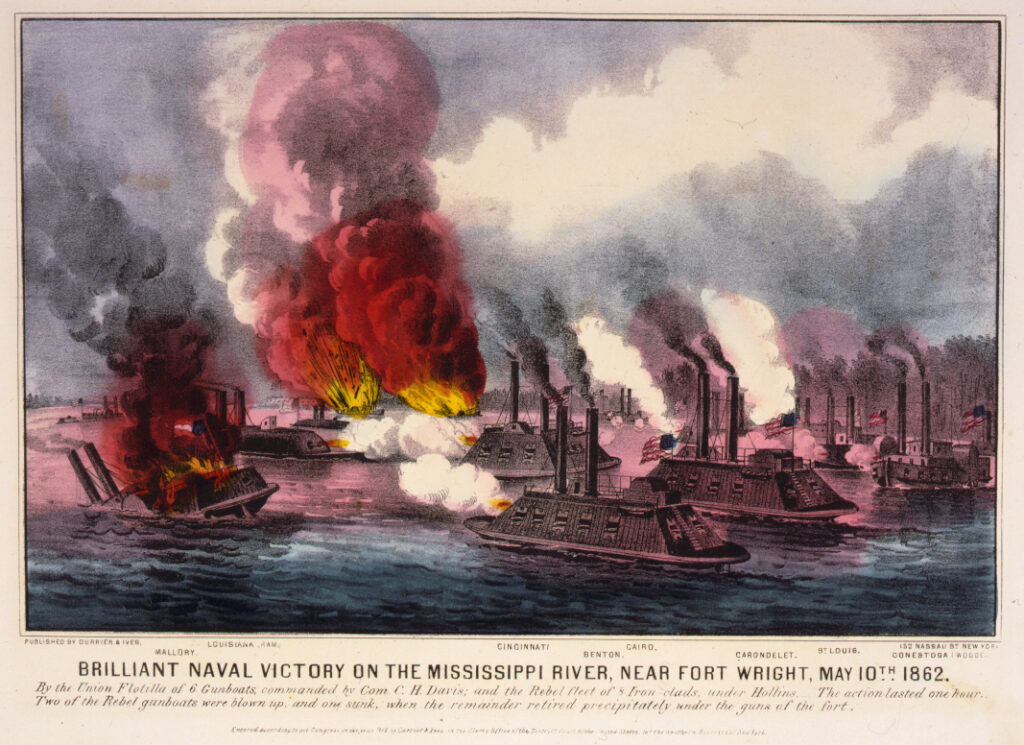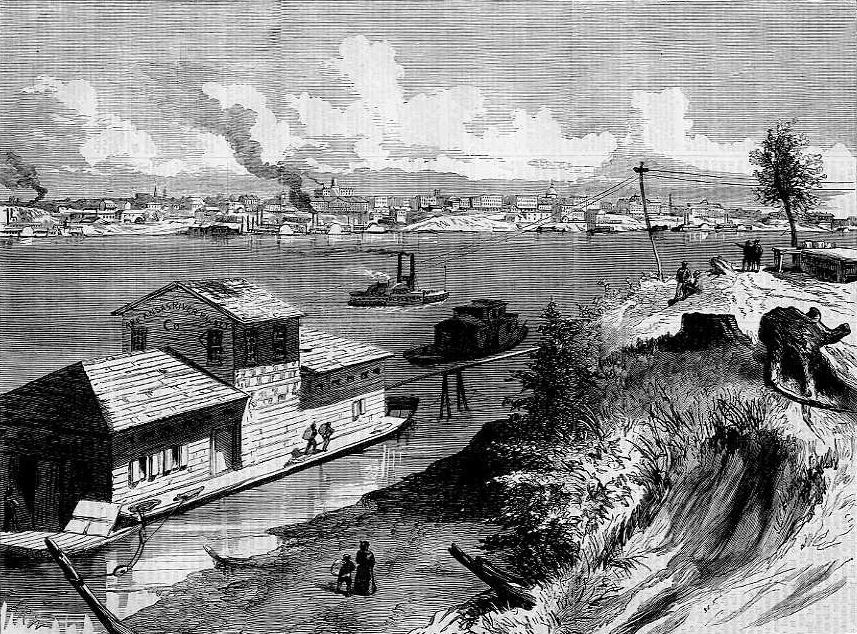Located in Tennessee, Fort Wright played a pivotal role during the American Civil War.
Built in 1862, this Confederate fortification was strategically placed along the Mississippi River, controlling a crucial transportation route and impacting several significant battles.
The fort’s robust military architecture, featuring earthen defenses and heavy artillery, showcases its strategic design.
Notable Confederate leaders, such as Nathan Bedford Forrest, utilized Fort Wright for training and executing key military strategies.
Today, Fort Wright is a historic site, preserving its legacy through educational programs and commemorative events highlighting its profound impact on American history.
History of Fort Wright

Fort Wright, located in Tennessee, played a critical role during the American Civil War.
Civil War Importance
Fort Wright served as a Confederate fortification during the Civil War.
Built-in 1862, it aimed to control river traffic along the Mississippi River. The fort was an essential supply line for the Confederate army, contributing to the logistical support needed for their campaigns.
Fort Wright’s strategic control directly impacted several battles. Its defensive capabilities helped delay Union advances, providing crucial time for Confederate forces to regroup and strategize.
Strategic Location Along the Mississippi River
Fort Wright’s location was pivotal. Situated on the Mississippi River, it controlled a major transportation route.
This control made it difficult for Union forces to navigate and gain ground in the region.
The fort’s presence along the river allowed Confederate forces to monitor and intercept Union supplies and reinforcements. This strategic advantage hindered Union efforts to penetrate deeper into Confederate territory.
Role in Major Battles of the American Civil War
Fort Wright was linked to several significant Civil War battles.
The Battle of Shiloh, fought in April 1862, saw Confederate strategies influenced by the logistical support from Fort Wright. Similarly, the Battle of Belmont in November 1861 showcased the fort’s importance in troop movements and supply management.
Fort Wright’s strategic positioning and supply chain management were crucial in battles such as Murfreesboro, Chickamauga, Franklin, and Bentonville.
Its influence extended beyond its immediate vicinity, affecting Confederate operations over a broad area.
Military Architecture and Fortifications

Fort Wright in Tennessee is known for its robust military architecture and extensive fortifications. These structures exhibit strategic designs, earthen defenses, and specific features to enhance military effectiveness.
Construction and Design
Fort Wright’s design was constructed primarily using local materials and maximized defensive potential while considering resource availability.
Engineers incorporated powder magazines, artillery batteries, and strategically placed bastions to strengthen its defense.
Walls were often crescent-shaped to provide a broad field of fire, minimizing blind spots.
Attention to detail in the placement and orientation of heavy artillery ensured that all approaches to the fort were under continuous surveillance and protection.
Earthen Defenses and Structures
The fort employed various earthen defenses, leveraging the natural landscape.
These included earthworks, breastworks, and ditches that absorbed and dispersed incoming fire.
Earthen structures were easier and quicker to build than stone masonry and could be repaired with readily available materials.
Strategically placed powder magazines within these earthen structures ensured the safety of critical supplies and reduced the risk of catastrophic explosions.
Defensive Strategy and Features
The defensive strategy centered on comprehensive defense drills and highly organized defensive lines.
Key features included reinforced parapets, barricades, and strategically placed artillery batteries to control key terrain.
Observation towers provided clear visibility of approaching threats.
This setup, combined with interlocking fields of fire from the cannons, maximized defensive capabilities.
Fort Wright’s layout enabled defenders to repel attacks effectively, preserving the fort’s integrity.
Military Operations and Training

Fort Wright in Tennessee was a critical site for training Confederate forces. The fort’s training camps prepared soldiers for key military strategies and operations.
Forrest’s Cavalry and Infantry Training
Nathan Bedford Forrest established a training facility at Fort Wright. This location became vital for preparing Forrest’s cavalry and Confederate infantry.
Training routines included:
- Cavalry Drills: Techniques in horseback riding, weapon usage, and mobility exercises.
- Infantry Drills: Marching, firearm handling, and battlefield tactics.
Through these exercises, soldiers improved their readiness for combat.
The facility’s structured programs aimed to develop disciplined and effective troops. Troops learned to execute maneuvers and strategies under pressure.
Confederate Army Strategies
Fort Wright served as a base for Confederate Army strategies. The garrison executed plans to enhance troop effectiveness in battle. These strategies were pivotal during the Civil War.
Key strategies were:
- Defensive Tactics: Building fortifications and utilizing natural landscapes.
- Offensive Maneuvers: Coordinated attacks and surprise engagements.
The provisional army of Tennessee also played a role, focusing on regional alliances and reinforcements.
Fort Wright’s training camps provided a crucial foundation for these strategies. The fort’s efforts supported the broader objectives of the Confederate military.
Notable Personalities Associated with Fort Wright
Fort Wright in Tennessee has been associated with many significant figures, particularly during the Civil War era. These personalities include key Confederate leaders and influential Tennessee military and political figures.
Confederate Leaders

Nathan Bedford Forrest: Known as a fierce cavalry commander, Forrest’s tactics in and around Fort Wright gained him a considerable reputation. His aggressive maneuvers and strategic insight were critical in multiple engagements.
Alexander P. Stewart: An important Confederate general, Stewart’s leadership and involvement in the West contributed to the Confederate war effort. He played a vital role in defensive strategies around Fort Wright.
Gideon J. Pillow: Pillow, another key leader, provided defense coordination for the fort. His controversial decisions and leadership styles left a lasting impression on the fort’s operational history.
Marcus Joseph Wright: Wright’s dedication to military organization made him prominent. His contributions to the Confederate army’s structure and strategy significantly impacted the engagements at Fort Wright. His later work in documenting Civil War history ensured that crucial details were preserved.
Tennessee’s Military and Political Figures
Governor Isham G. Harris: As Governor of Tennessee during the Civil War, Harris played a crucial role in the state’s alignment with the Confederacy. His policies and directives significantly impacted the operations and strategic importance of Fort Wright.
Officer Corps and Soldiers: The officer corps led by prominent figures such as Harris, Forrest, and others, along with numerous soldiers stationed at Fort Wright, formed the backbone of its defense capabilities. Their coordinated efforts were pivotal in sustaining defensive measures and executing strategic initiatives.
Strategic Stronghold on Chickasaw Bluff

Fort Wright in Tennessee offers significant strategic advantages due to its location and proximity to key points of interest. These aspects played crucial roles in its historical and military importance.
Location on Chickasaw Bluff
Fort Wright is situated on the Chickasaw Bluff, which gives it a commanding view of the Mississippi River. This elevation provides hard-to-overlook defensive and offensive advantages.
The Chickasaw Bluff stretches from Memphis to the Hatchie River in Tipton County.
Due to its height, it has historically served as a natural fortification.
Fort Wright’s placement here allowed it to monitor and control river traffic, which was crucial for supply lines.
Furthermore, the terrain afforded protection against assaults. The steep bluffs challenged direct attacks, forcing adversaries to navigate the problematic landscape while facing possible fire from the fort.
Proximity to Key Strategic Points
Fort Wright’s location also offered close access to several strategic points.
Memphis was a vital railway and river hub, facilitating troop movements and logistics. Being nearby ensured quick reinforcement and resupply routes when necessary.
The Mississippi River was a major transportation and communication route, and its control was pivotal during conflicts.
Fort Wright’s positioning allowed for effective control and surveillance over this stretch of the river.
Additionally, the proximity to Arkansas provided a geographical advantage.
It allowed for rapid deployment across state lines in case of military necessity. The fort’s placement thus ensured strategic flexibility and operational readiness.
Explore More: 21 Historic Forts of Tennessee
Preservation and Legacy
Fort Wright in Tennessee is highly significant historically. Efforts to maintain and honor its legacy include its designation as a historic site and various educational and commemorative activities.
Fort Wright as a Historic Site
Fort Wright is recognized as a crucial Civil War fortification within the American South. Constructed by the Confederate defense, it served strategic purposes in Tennessee.
Several preservation initiatives ensure its integrity as a historic landmark.
The Tennessee Department of Tourist Development plays a key role in these efforts. This includes maintaining the site and providing resources for visitors.
The fort’s remnants are carefully managed to prevent deterioration, allowing the public to access and learn from this important site.
Detailed information and artifacts at the site help illustrate the fort’s role.
Historical markers and displays offer context about the Tennessee Militia and other military groups stationed there during the Civil War.
The official designation aids in securing funding and support for ongoing preservation work.
Educational and Commemorative Efforts
Educational programs at Fort Wright provide insights into its historical context.
Schools and universities often incorporate visits to the fort into their curricula.
These programs involve guided tours and interactive exhibits, engaging visitors with hands-on learning experiences.
Historical reenactments and events are held regularly.
These commemorative activities include anniversary ceremonies and battle reenactments, reflecting on the fort’s role in the Civil War.
Such events deepen public appreciation and understanding of the site’s historical significance.
Collaborations with local museums and cultural organizations further extend these educational initiatives.
Exhibits, lectures, and publications ensure Fort Wright’s history is accessible.
Engaging with these resources helps preserve this historic site’s knowledge and cultural heritage.

Cory is a website owner and content creator who enjoys fishing, history, coin collecting, and sports, among other hobbies. He is a husband and father of four.
Romans 15:4 For whatever was written in former days was written for our instruction, that through endurance and through the encouragement of the Scriptures we might have hope.

